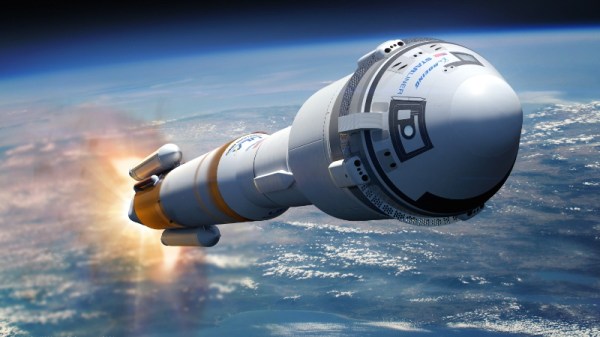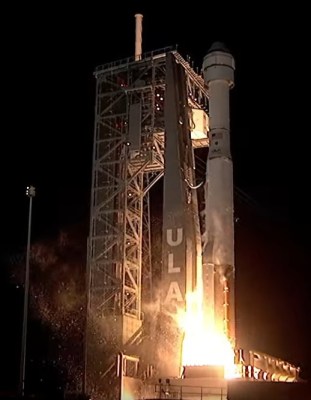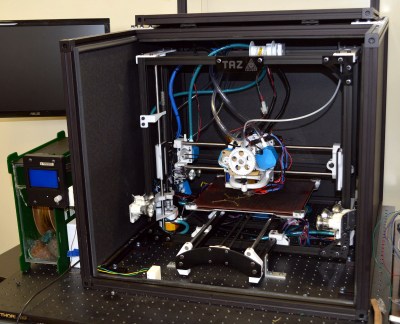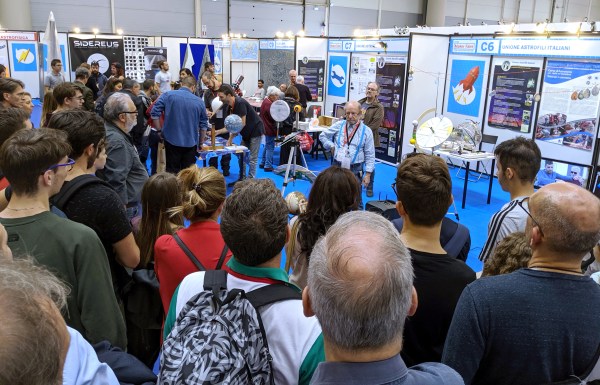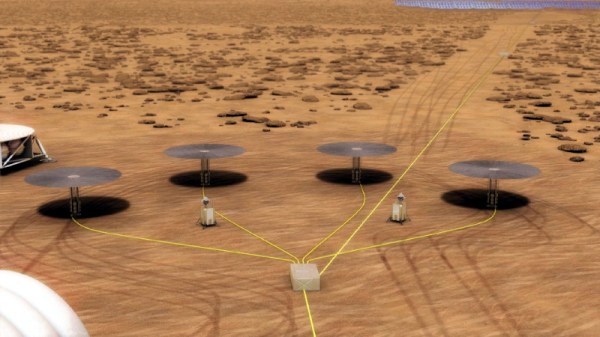There may soon be breakthroughs in the search for dark matter. A new publication in Optics Express reveals a camera consisting of superconducting nanowires capable of detecting single photons, a useful feature for detecting light at the furthest ends of the infrared band. The high-performance camera, developed by the National Institute of Standards and Technology (NIST), boasts some of the best performing photon counters in the world in terms of speed, efficiency, and color detection. The detectors also have some of the lowest dark count rates of any photon sensor, resisting false signals from noise.
The size of the detectors comes out to 1.6mm on each side, packed with 1024 sensors for high resolution imagery and fabricated from silicon wafers cut into chips. The nanowires are made from tungsten and silicon alloy with leads made from superconducting niobium.

In order to prevent the sensors from overheating, a readout architecture was used based on a previous demonstration on a smaller camera with 64 sensors adding data from rows and columns. The research has been in collaboration with the National Aeronautics and Space Administration (NASA), which seeks to include the camera in the Origins Space Telescope project.
The eventual goal is to use the arrays to analyze chemical compositions of planets outside of our solar system. By observing the absorption spectra of light passing through an exoplanet’s atmosphere, information can be gathered on the elements in the atmosphere. Currently, large-area single-photon counting detector arrays don’t exist for measuring the mid- to far-infrared signatures, the spectrum range for elements that may indicate signs of life. While fabrication success is high, the efficiency of the detectors remains quite low, although there are plans to extend the current project into an even bigger camera with millions of sensors.
In addition to searching for chemical life on other planets, future applications may include recording measurements to confirm the existence of dark matter.
[Thanks Qes for the tip!]


